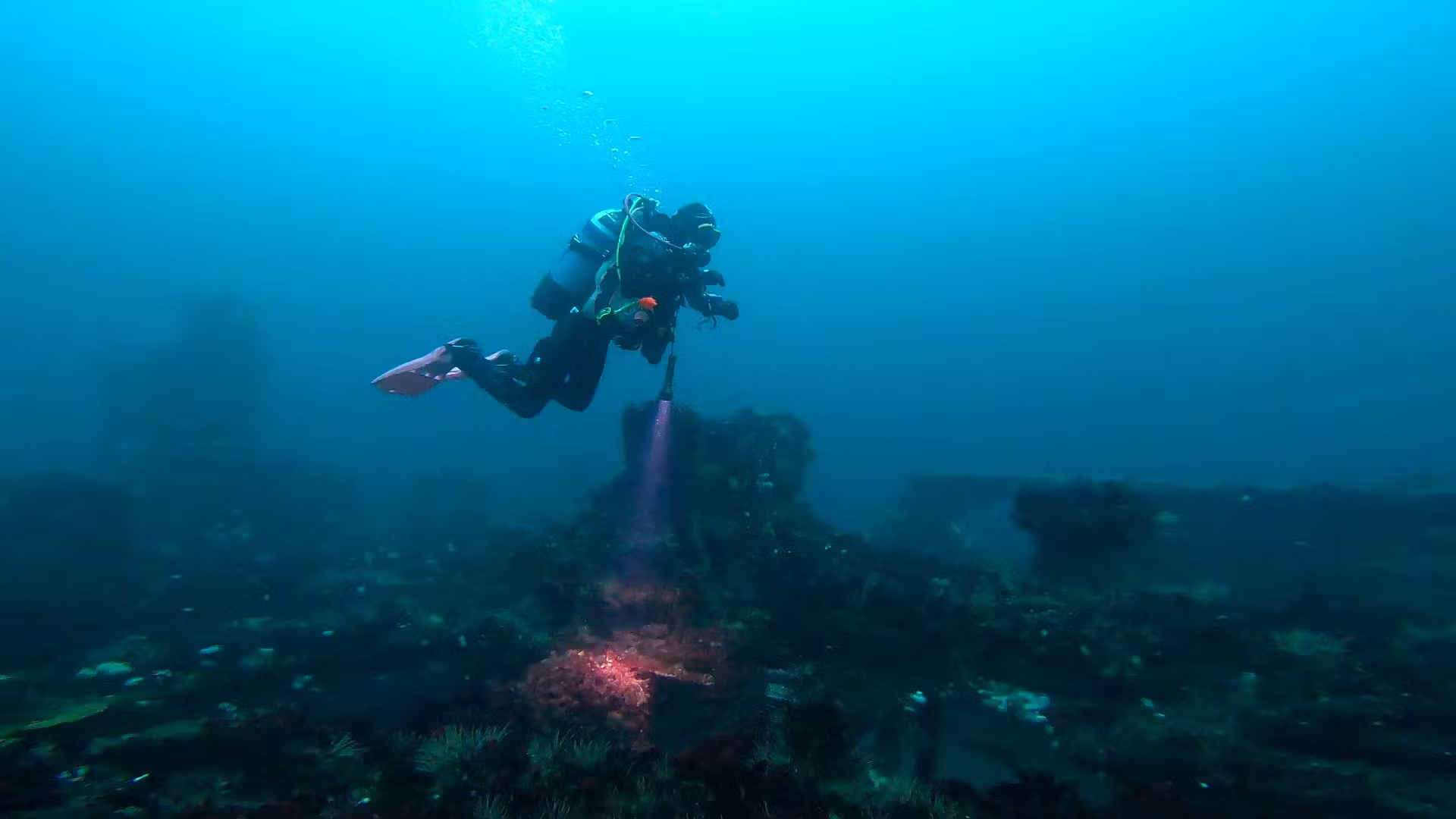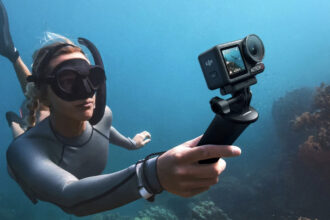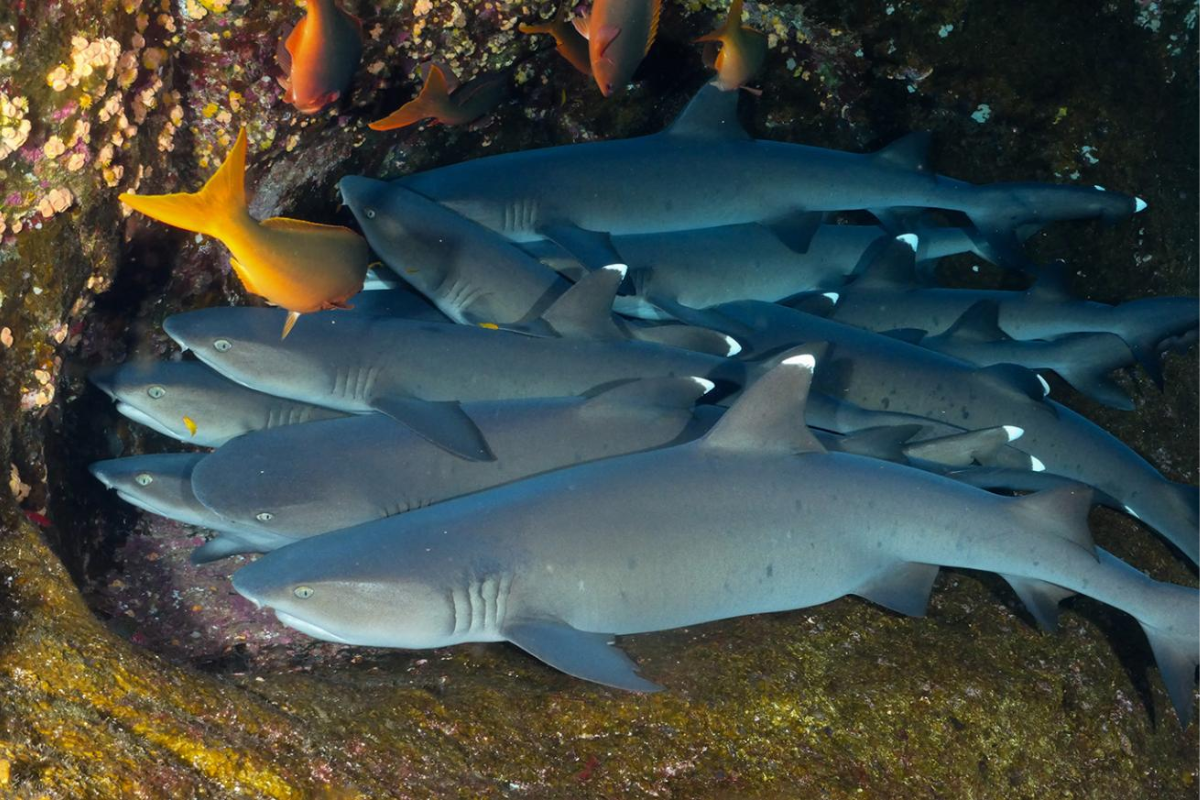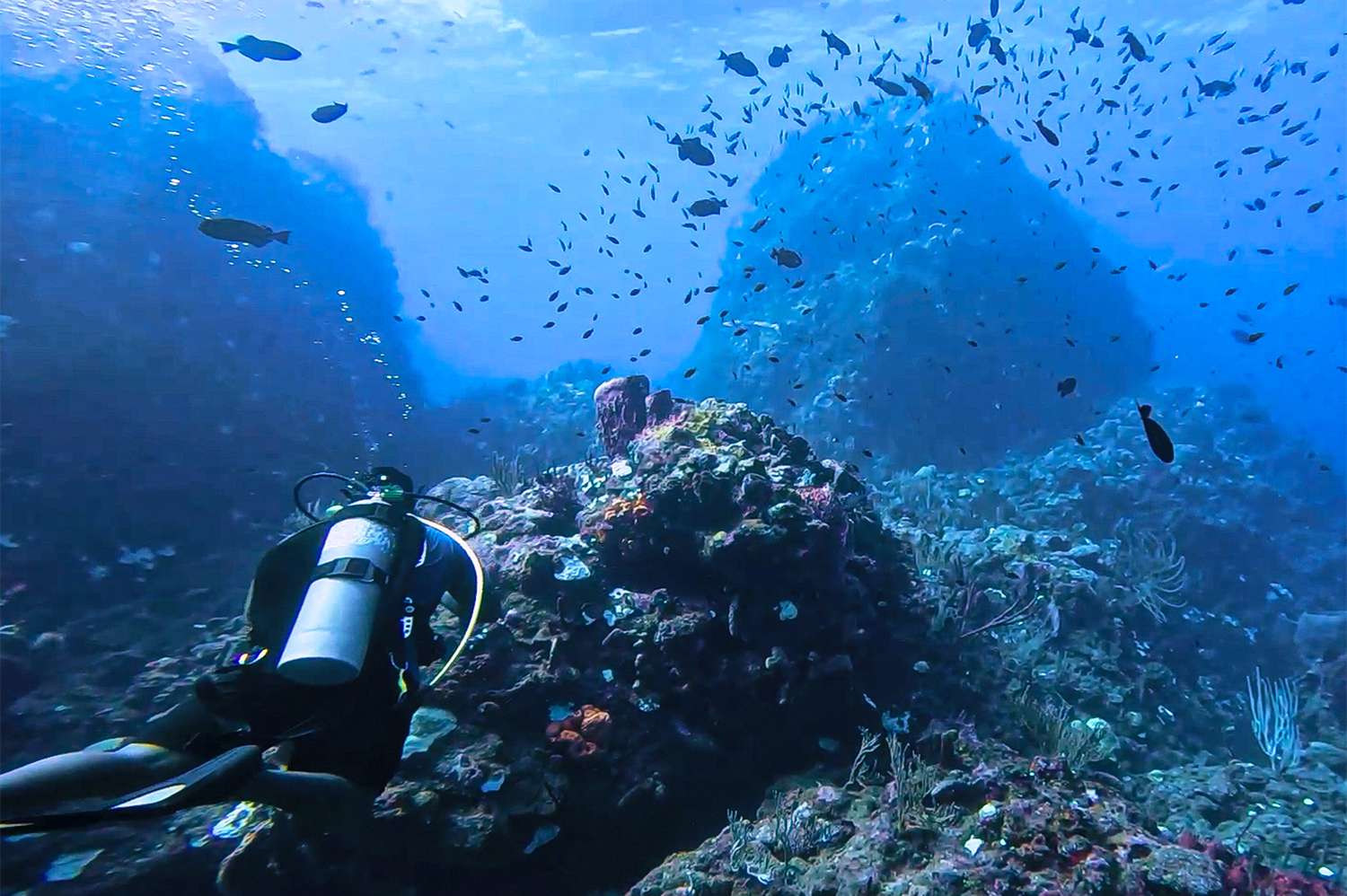Have you ever wondered how deep is 40 meters? Whether you’re a scuba diver exploring the ocean, a student trying to visualize distances, or simply curious about real-life comparisons, 40 meters is a fascinating measurement. To some, it might sound small; to others, it feels immense—especially when you’re underwater at that depth.
- How Deep Is 40 Meters in Different Units?
- Table of Contents
- How Deep Is 40 Meters Underwater?
- What Is 40 Meters Comparable To?
- Everyday Uses of 40 Meters Measurement
- Benefits of Understanding Depths Like 40 Meters
- How to Visualize 40 Meters Easily
- FAQs – People Also Ask
- Conclusion – Why 40 Meters Matters in Daily Life & Adventures
In this 2025 guide, we’ll explore everything about 40 meters: what it looks like in everyday life, how deep it is underwater, conversions into different units, and why this depth matters to adventurers and learners alike. Let’s dive in.
How Deep Is 40 Meters in Different Units?
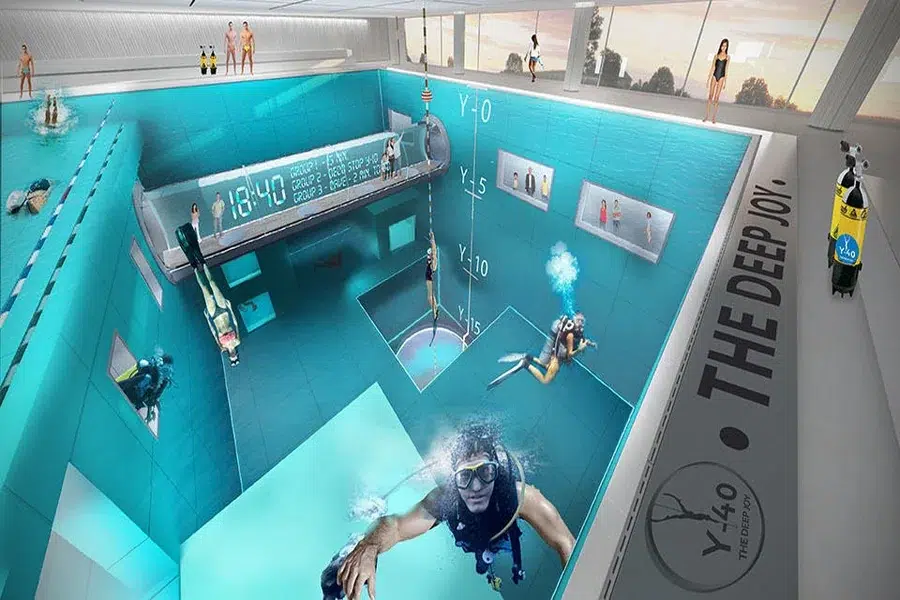
Table of Contents
One of the easiest ways to understand 40 meters depth is by converting it into other commonly used units.
| Measurement | Equivalent of 40 meters |
|---|---|
| Feet | 131.2 feet |
| Inches | 1574.8 inches |
| Yards | 43.7 yards |
| Miles | 0.024 miles |
| Centimeters | 4000 cm |
- How deep is 40 meters in feet? → About 131 feet, which is roughly the height of a 13-story building.
- 40 meters to yards → Almost 44 yards, about half a football field.
- 40 meters to miles → Tiny, just 0.024 miles.
- 40 meters to cm → A big 4000 cm.
👉 This table makes it easier for students and travelers to imagine what 40 meters really looks like.
How Deep Is 40 Meters Underwater?
When it comes to scuba diving, 40 meters is considered the deep diving limit for recreational divers. Going beyond this depth often requires special training, equipment, and gas mixes.
Scuba Diving Insights at 40m:
- Certification: PADI and SSI recognize 40 meters as the maximum limit for Advanced Open Water Divers with Deep Diver training.
- Risks: Increased nitrogen absorption, risk of narcosis, and reduced bottom time.
- Marine Life: At 40 meters, divers may encounter fascinating deep-water species like groupers, barracudas, and large corals.
For scuba divers, 40 meters underwater feels vast. Sunlight fades, colors shift to blues and greens, and the sense of depth intensifies. If you’re passionate about deep diving, check out more guides on scoobadive to enhance your underwater knowledge.
What Is 40 Meters Comparable To?
Sometimes numbers alone don’t help us visualize depth. Here are some everyday comparisons:
- A 13-story building → That’s how tall 40 meters looks if you stand at the base.
- Olympic swimming pools → Line up about 16 Olympic pools end-to-end, and you’ll get 40 meters.
- A Boeing 747 wingspan → One of the world’s largest airplanes has a wingspan close to 40 meters.
- City buses → About 5 buses parked in a row equal 40 meters.
So, next time you see a skyscraper or a jumbo jet, think of 40 meters—it’s not just a number, it’s a real-world scale.
Everyday Uses of 40 Meters Measurement
Beyond scuba diving, 40 meters shows up in multiple fields:
1. Sports
- Sprint races sometimes use 40 meters for training speed bursts.
- In soccer and rugby, free-kick practice often measures around 40m distance.
2. Construction & Architecture
- A medium-sized apartment block often rises to about 40 meters.
- Bridges, towers, and monuments frequently reference this height.
3. Adventure & Travel
- Bungee jumps from 40m platforms are common in adventure parks.
- Cliff diving sites often range between 20–40 meters in height.
For adventurers, knowing what 40 meters means helps visualize thrilling experiences.
Benefits of Understanding Depths Like 40 Meters
You might be wondering, why does it matter to know how deep 40 meters is?
Here’s why:
- For scuba divers: It’s crucial for safety and dive planning.
- For students: Helps with mathematics, physics, and real-world measurement skills.
- For adventurers: Provides a mental image of height and depth for better risk evaluation.
- For everyday life: Enhances spatial awareness and makes comparisons easier.
Understanding measurements like 40 meters connects knowledge with real-world applications.
How to Visualize 40 Meters Easily
Not everyone can instantly picture what 40 meters looks like. Here are simple visualization hacks:
- Buildings: Picture a 13-story apartment.
- Football Field: Roughly half the length of a standard field.
- Cars/Buses: Around 20 average cars or 5 buses in a row.
- Swimming Pools: 16 Olympic pool lengths make up 40 meters.
Visualizing these examples helps students and divers alike grasp distances quickly.
FAQs – People Also Ask
1. How deep is 40 meters underwater for scuba diving?
40 meters underwater is considered a deep dive in recreational scuba diving. It’s the maximum recommended limit for certified advanced divers. At this depth, divers must manage air carefully and watch for nitrogen narcosis.
2. What does 40 meters look like in real life?
It looks like a 13-story building, a jumbo jet wingspan, or about 5 buses lined up. For sports fans, it’s close to half a football field.
3. Is 40 meters too deep to dive?
For beginners, yes—it’s too deep. For advanced divers with proper training, 40 meters is safe but requires careful planning, equipment checks, and adherence to dive limits.
4. How tall is 40 meters in feet and inches?
40 meters = 131 feet = 1575 inches. This conversion helps when comparing metric vs. imperial measurements.
5. What is 40 meters in yards or miles?
- 40 meters = 43.7 yards.
- 40 meters = 0.024 miles.
Conclusion – Why 40 Meters Matters in Daily Life & Adventures
From scuba diving depths to skyscraper heights, 40 meters is a powerful measurement with real-world significance. For divers, it represents a thrilling yet challenging underwater adventure. For students, it’s a lesson in conversions. For adventurers, it’s a reference point for cliffs, jumps, and bungee cords.
So, the next time someone asks, “How deep is 40 meters?”—you’ll know it’s more than just a number. It’s a height, a depth, a challenge, and a perspective on the world around us.
If you’re planning an adventurous dive or jump, it’s important to know the weight limit for skydiving before signing up.
Following the weight guidelines ensures a safe and enjoyable skydiving experience for everyone.
